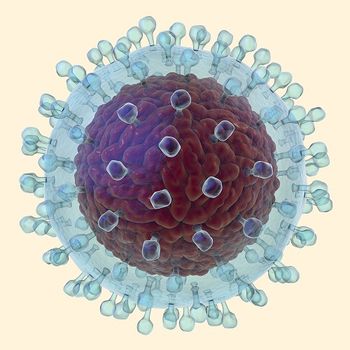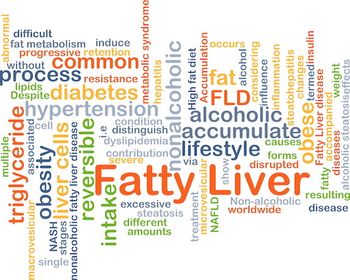
The US Food and Drug Administration approved Mavyret for adults with chronic hepatitis C virus (HCV) genotypes 1-6 without cirrhosis or with mild cirrhosis.

The US Food and Drug Administration approved Mavyret for adults with chronic hepatitis C virus (HCV) genotypes 1-6 without cirrhosis or with mild cirrhosis.

A recent study finds that HBV reactivation occurs earlier and is more severe in HBV/HCV coinfected patients treated with DAA therapy compared with patients treated with IFN-based therapy.

In a 12-1 vote, the FDA’s Vaccines and Related Biological Products Advisory Committee supported the safety data of a new potential hepatitis B vaccine.

After Italy’s parliamentary decision to mandate vaccines, France health officials follow suit, requiring parents to vaccinate their children against 11 common illnesses starting in 2018.

A new study published in the Journal of Hepatology evaluates the risk of HBV reactivation in veterans receiving direct-acting antiviral therapy.

Scientists make an interesting connection between bats and detecting undiscovered disease.

Study finds that hepatitis C patients who had reached sustained virologic response using direct-acting antiviral drugs show a considerably reduced risk of the most common type of liver cancer.

Ebola virus tracking and mechanisms to detect threats to our national food supply are highlighted.

A research team from the Netherlands turns to deep sequencing technology to detect hepatitis C virus resistant variants.

A naturally occurring compound in plums has been found to block the entry of the hepatitis C virus into cultured liver cells.

The World Health Organization has officially declared that the recent Ebola outbreak in the Democratic Republic of Congo is over.

Following a request from the US Food and Drug Administration (FDA), Endo Pharmaceuticals has pulled its opioid agonist Opana ER (oxymorphone hydrochloride extended release).

How 8 years of poor disinfection exposed a darker side of Air Force medical practices.

A recent report coming from the O’Neill Institute for National & Global Health Law takes a closer look at the tools needed to achieve hepatitis C elimination in the United States.

A new study finds hepatitis C virus (HCV) infection to be associated with a 70% increased rate of mortality in in-hospital patients with invasive pneumococcal disease (IPD).

Seniors are at increased risk of hepatitis B, hepatitis C, and HIV. Prevention and early detection of potential infection are critical to avoiding long-term impact.

The results of a recent Phase IB study show that the novel Ebola vaccine, V920, was well-tolerated and “stimulated a rapid onset of binding and neutralizing antibodies,” which persisted for up to 1 year.

Researchers from the UNC Lineberger Comprehensive Cancer Center elucidate the mode of action of #NS5A inhibitors, and learn more about the half-life of RCs in hepatitis C viruses.

New drugs for HIV, the growing rate of antibiotic resistance, a new hepatitis C treatment option, and updates on the Ebola outbreak and Lyme disease diagnostics, make up the Top 5 articles for this week.

Findings from a clinical trial from researchers at Hospital Saint Joseph in Marseilles give new hope to patients with HCV in whom treatment with direct-acting antivirals previously failed.

A viral protein may be behind the rapid spread of the Ebola virus.

ASM member Kate Rubins, PhD, first individual to sequence DNA in space, shed light on her experience as a NASA astronaut in a keynote conversation at the ASM Microbe 2017 meeting in New Orleans, Louisiana.

Not much is known about how HIV mono-infection contributes to the development of hepatic steatosis, due to how difficult diagnosis of this condition used to be. Now, with the developement of noninvasive tools, it is easier to diagnose steatosis.

As the Ebola outbreak in the Democratic Republic of Congo holds steady at 2 confirmed and 3 probable cases, the Ministry of Health has approved the administration of an experimental vaccine against the virus.

In case you missed them, here are our top 5 articles for the week of May 21, 2017.